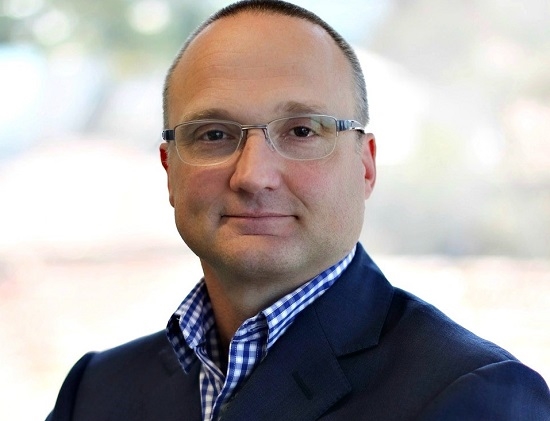In with the new – and the old

Application overload is a major drag on wealth adviser and hedge fund manager efficiency. Creating a desktop environment that allows these users to easily access data from hundreds of different applications can unlock the power of the data within these applications explains James Wooster, COO of software firm Glue42.
The wealth management division of a tier 1 investment bank has approximately 15,000 advisers who look after the portfolios of high net worth individuals across the world. These advisers gather relevant financial data to be able to make outbound calls to potential new clients as well as receiving portfolio enquiries from high net worth individuals or their representatives.
The typical desktop experience for these financial advisers has involved working around a series of legacy applications that struggled to sit on the same screen as new, cloud-based applications.
Like most tier 1 banks, its IT systems have evolved over many decades and the influence of the end user has been significant – when a financial adviser called out a poorly performing application or said they needed more functionality, the IT team would typically prioritise finding a solution.
The end result is hundreds of slightly overlapping applications, almost exclusively built in house by internal teams who tend to favour the latest technology.
This creates a situation where financial advisers are attempting to get all these hundreds of applications (built in a variety of different programming languages) to interact with each other – a major challenge for IT specialists, never mind finance professionals.
When a developer writes an application, they rarely get to see what is already on the end user’s desktop and tend to write applications that dominate the screen, forcing the adviser to cut and paste critical client data from one application to another.
This approach makes it difficult for advisers to keep pace with the customer conversation because they have to quickly find the relevant data based on a prediction of what the client may want to talk about while also asking insightful questions.
This is a significant cause of stress for advisers, who might have 30 or more applications floating around their desktop, overlapping in terms of screen space as well as functionality.
To address this, we have worked with the tier 1 investment bank and its in-house designers to deploy various user interface techniques that take the existing applications and lay them out in a workspace that can be tailored to the tasks undertaken by the end user, creating a grid where just the right apps are displayed at the right time with the right data.
For example, a financial adviser will usually start their day with a review of what has happened in the markets overnight and how this impacts their clients, so this workspace opens the applications that contain data relevant to each client. Advisers can also create workspaces for unsolicited inbound calls to identify the caller and the issues they may be calling to discuss.
The level of detail made available to the adviser will depend on the original application. What we do is ensure that the appropriate parts of the application or applications are on screen at the right time.
We also work with hedge funds and one of the interesting themes to emerge from this work is that some of the applications they started using five or even ten years ago are very efficient and (despite the advances in technology since then) continue to out-perform new applications.
The challenge here is to help these legacy applications talk to the new applications, a process that could be described as digital transition rather than digital transformation - a common sense, incremental approach to changing the end user experience.
The tier 1 investment bank is currently evaluating the impact of the new workspace on its financial advisers, although we already know that the time it takes to introduce functionality has been halved because all the applications on the adviser’s desktop can now talk to each other.
We estimate that call handling times have been reduced by at least 20% and because all the applications are connected, once a client detail changes in one application this change is automatically made across all the others, eliminating the inevitable errors that arise from copying and pasting data between applications.
By monitoring how advisers with the highest client satisfaction and/or highest revenue generation use the applications, banks can also identify best practice and roll this out during adviser training.
Legacy applications are often dismissed as outdated. Our experience is that they remain a useful tool for financial advisers and other end users.
Found this useful?
Take a complimentary trial of the FOW Marketing Intelligence Platform – the comprehensive source of news and analysis across the buy- and sell- side.
Gain access to:
- A single source of in-depth news, insight and analysis across Asset Management, Securities Finance, Custody, Fund Services and Derivatives
- Our interactive database, optimized to enable you to summarise data and build graphs outlining market activity
- Exclusive whitepapers, supplements and industry analysis curated and published by Futures & Options World
- Breaking news, daily and weekly alerts on the markets most relevant to you



